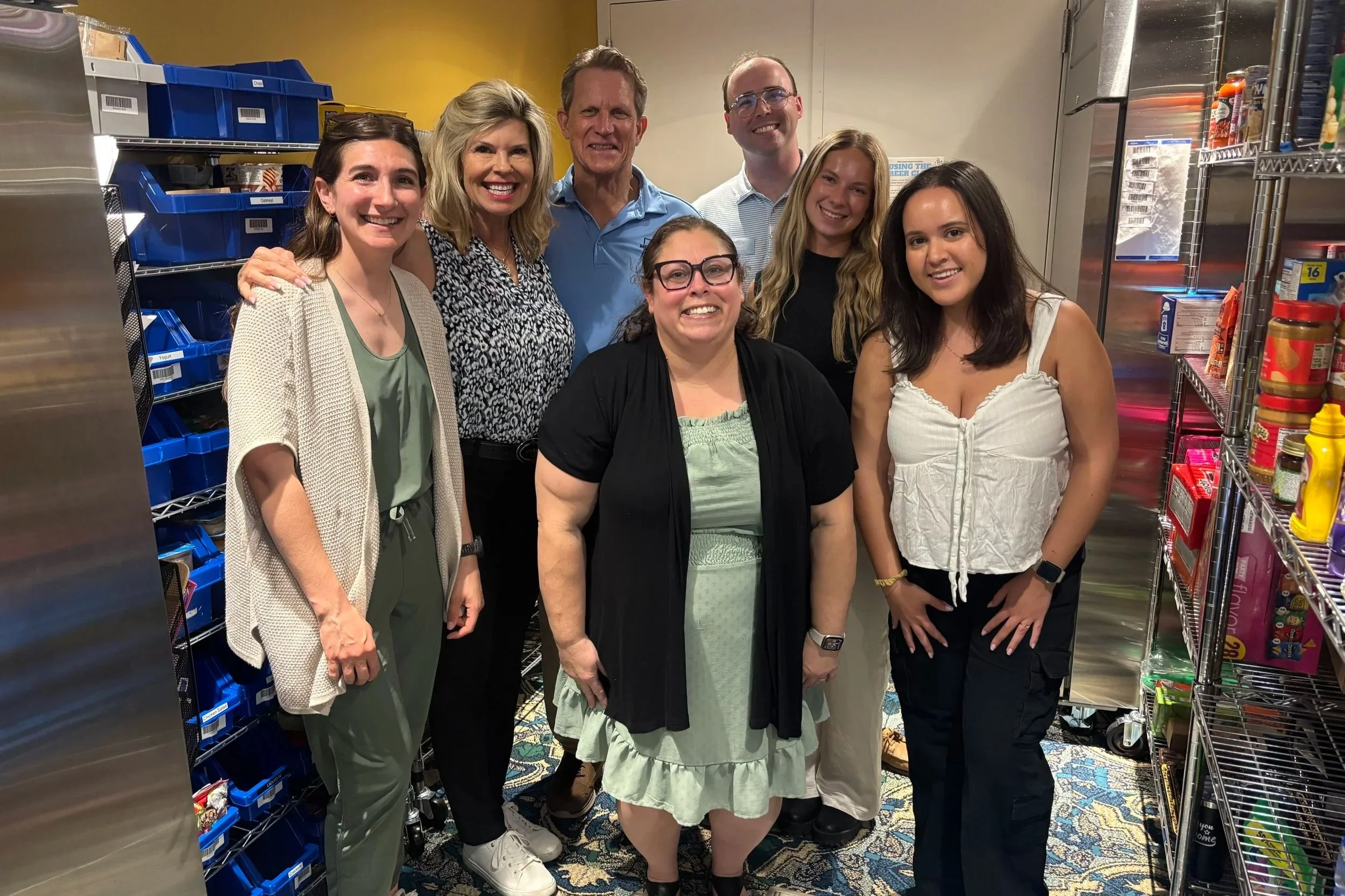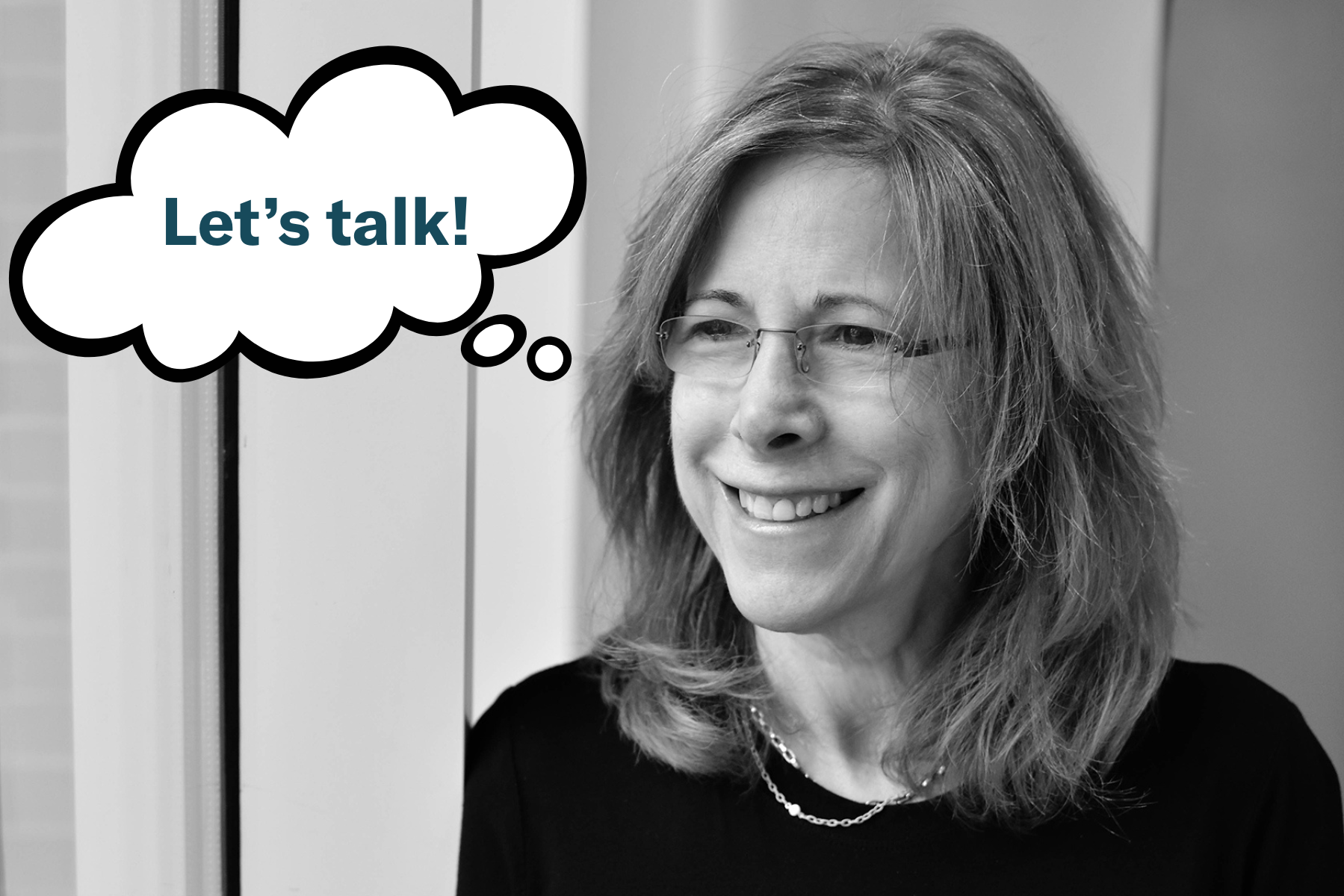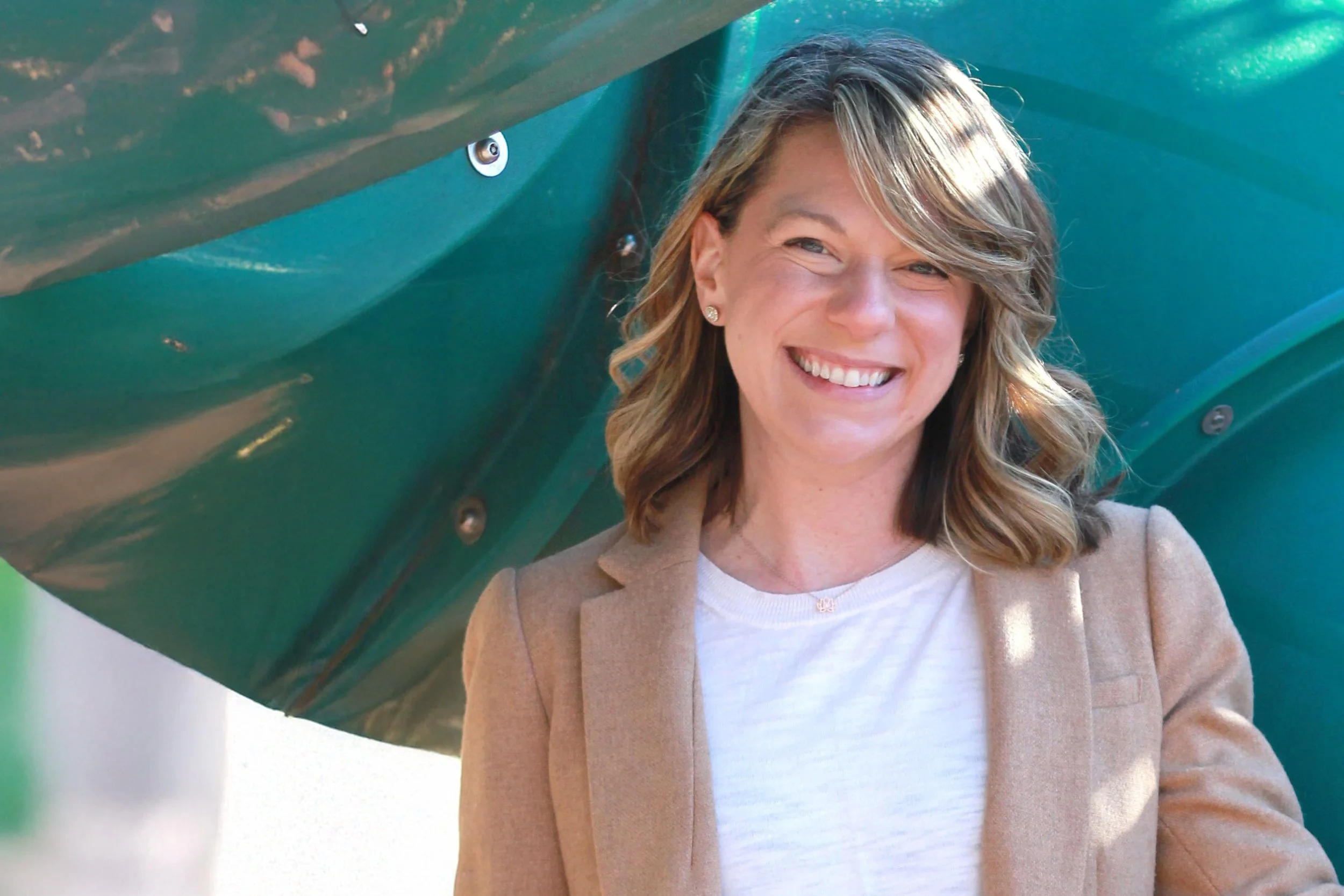Op-Ed: Four strategies to optimize nonprofit board relations
By Nate Angell, Senior Advisor at MFF
As a board member, I’ve been guilty of my fair share of faux pas. I’ve been the over-eager board member who pushes for unsustainable projects, starting new initiatives or “doubling down” on existing initiatives. I’ve likely caused nonprofit staff to think, “This person has no idea what it is like to work at a nonprofit.” And they’re correct; I don’t. I’ve relied on my own lived experience, without acknowledging what my perspective lacks.
These pitfalls are not uncommon on a nonprofit board of directors. Most of the time, boards function well. However, every board goes through episodes of struggle and friction that distract from their stated goal and purpose: effective management and governance.
The following tips, developed through my own experience learning and serving on nonprofit boards and an interview with Bridget Coughlin, CEO of the Shedd Aquarium, will help leaders navigate the unavoidable power dynamics that come with board relations. While every board and every organization is different, these strategies will provide insight to help your board run smoothly and recover more quickly from setbacks.
1. Foster board and employee contact, with caution.
According to Coughlin, there are many benefits to giving employees the opportunity to share at board meetings—when done correctly. For example, bringing the marketing team to a board meeting to share their incredible work is a great way for the board to have a deeper understanding of your organization.
However, Coughlin said board members should be coached to not influence employees’ work without involvement or approval from the nonprofit leader. This will ensure that employees won’t feel pulled in different directions if board members try to suggest directions that differ from the manager’s, or experience burnout.
2. Aim for a spectrum of participation.
Depending on the size of the organization and board, Coughlin said that appointing members with different interests and participation levels will encourage cooperation and compromise. This may seem counterintuitive, but a less-invested member may actually be the best person to resolve a conflict or break a stalemate.
For example, I served on a school board in a district where I had no personal ties. I had no child at the school, nor did I live in the district. Because I was removed from day-to-day school turbulence, I could make unbiased decisions on rules, policy, procedure, etc.
3. Prepare for the board bulldozer.
Almost every leader I’ve spoken with has had this experience: the board member who tries—intentionally or not—to bulldoze over the rest of the board, often using an authoritarian style of management.They push hard to pursue a new initiative or marketing strategy, but lack nuanced understanding of nonprofit work. Or maybe the member is just over-eager and isn’t taking the time to learn from their fellow members.
As a leader, your other board members can provide “cover” from the bulldozer. For example, you might reach out to an ally on the board and ask them to speak directly with the bulldozer. Peer-to-peer accountability is a strong tool to encourage better collaboration.
4. Listen to and empower strong leaders on the board.
To illustrate the power of strong leadership, let’s look at an example of a nonprofit empowering its board, and vice versa, during COVID.
MFF senior advisor Michelle Morgridge—who also is my wife—serves as the vice president of the Global Conservation Corps (GCC) board. GCC is a modestly sized organization with huge reach that delivers conservation curriculum to young people living near Kruger National Park in South Africa. Currently, GCC has fewer than 10 staff members, and a heavily involved board of just seven people.
Like many organizations, GCC has encountered new and unexpected challenges over the past three years. To support the GCC staff, the board approved additional time off and personal days so GCC could mitigate burnout and turnover while still delivering educational opportunities to the students they serve. Staff were able to take time off for their health or to spend time with their families and communities throughout the pandemic.
As a result, GCC saw no staff turnover. Even amid the “Great Resignation,” GCC’s staff returned to work in person with renewed energy to advance their mission. To further support the staff, the board took ownership of strategic planning to ensure GCC could return to a new normal with a plan to grow funding and reach. The board’s strategic plan takes an individual approach to utilizing each board member’s network and skillset to support GCC. Some board members use their successful for-profit experience to find big fundraising opportunities, while others can support the staff through recognition and mentoring.
The GCC board successfully deployed all the strategies recommended here. Their board expresses diverse opinions and participation levels. They nurtured healthy communications between the board and staff. They leveraged each board member’s strengths and, as a result, the organization became stronger and more effective.




